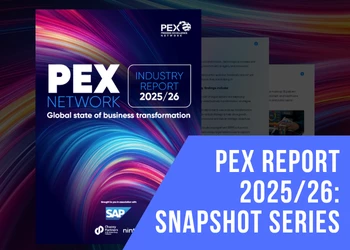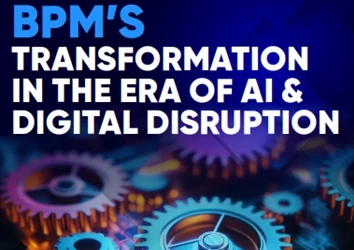The Big Data Path to Exceptional Customer Experience
learn about the Big Data Path to Exceptional Customer Experience
Add bookmarkAt the 13thannual PEX Week Europe event this week big data was a constant theme as speakers regaled the audience with stories of how the flood of data now available to process professionals can help them deliver the continuous improvement they so desire.
The appeal is an obvious one. Just as biologists have long had the ability to look inside the human body to see exactly how it works, companies now have so much data that they have the capability to do the organisational equivalent.
The potential exists to observe and describe our organisations and their operating environments in finer detail, allowing managers to ask new questions, solve old problems and innovate in intriguing ways.
A seminar at MIT held by Erik Brynjolfsson and Alex Pentland last month shed some more light on just how valuable big data can be. The seminar, titled Big Data: Making Complex Things Simpler, suggested a number of major implications of big data usage:
- Cheap experiments – The wealth of data available to retailers has now made it possible to run fast, cheap experiments. For instance Amazon regularly runs experiments so that their process improvements are supported by real-time data from actual customers.
- Privacy concerns – The seminar also raised the concern surrounding the privacy of data held on customers. What are companies doing with mobile data for instance that can pin down an individuals movements? Should customers have complete control and ownership of their personal data? Do you own data that refers to you and if so, can you then sell it?
At PEX Week Connie Moore from Forrester referred to the need for Big Process to sit alongside Big Data. Forrester regard big process as:
"Methods and techniques that provide a more holistic approach to process improvement and process transformation initiatives."
For them, this revolves around the so called 4 P’s:
- Customers – so all big data work should revolve around the customer and improving their customer experience.
- Chaos – the modern world is fuzzy rather than linear, with unstructured data the norm, especially when dealing with that inputted via social media.
- Context – data is useless without the context to understand what it means for both you and the customer who generated it.
- Cloud – with an increasing amount of data outside of traditional IT systems, managing this interaction between that which is within your proprietary database and that which is in the cloud will be crucial. (If you would like to learn more about how cloud computing can help you improve processes, a free whitepaper is available on the topic.)
At the heart of it all of course is the customer, and that is a focus that process improvements should never lose sight of. Where big data will really come of age is when it becomes the tool used by everyone.
Human beings are exceptional at deriving context from a situation whilst making order from chaos. Problems exist however when so few have any regular contact with the customer. Making customer experience the preserve of everyone in the organisation and giving them the big data tools to support them in this and you have a potent recipe for success.





















